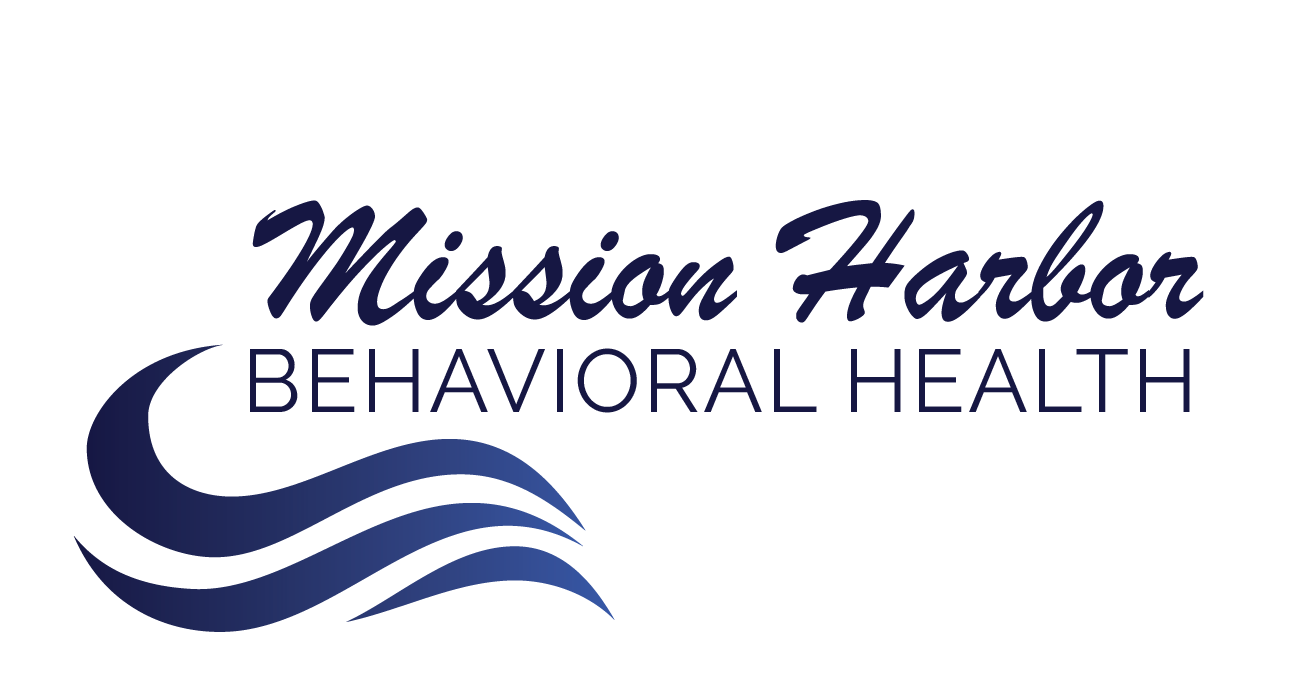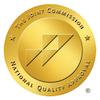Despite its seemingly harmless appearance as a sweet, colored beverage, lean carries significant health risks and potential for abuse. This concoction of prescription-strength cough syrup, soda, and candy creates a sedative effect that can lead to physical dependence and addiction. Understanding the dangers and recognizing the signs of lean abuse are important steps towards preventing long-term health consequences and seeking effective treatment.
Understanding Lean
Lean has gained notoriety in recent years, particularly among younger generations. Data from theNational Survey on Drug Use and Health (NSDUH) spanning 2007-2019 shows that lean use was most prevalent among teenagers and young adults (ages 13–21), accounting for 66% of users. Its appeal largely stems from its promotion in popular culture.
What is Lean?
Lean, also known as “purple drank,” “sizzurp,” or “dirty sprite,” is a recreational drug mixture that typically includes prescription-strength cough syrup containing codeine and promethazine, a soft drink, and sometimes candy for flavor. The primary active ingredients in lean are codeine, an opioid, and promethazine, an antihistamine.
This combination creates a sedative effect, often causing the user to feel relaxed or euphoric.Lean gained popularity through its mention in hip-hop cultureand music, leading to increased recreational use, especially among younger individuals.
The slang associated with lean and similar substances reflects its prevalence in youth culture.
When talking about using or obtaining lean, users may use phrases like:
- Robotripping: Using dextromethorphan (DXM) to achieve a high.
- Dexing: Another term for using DXM to get high.
- Tussin: Refers to consuming Robitussin or other cough syrups to experience a high.
How Lean is Abused
Lean is primarily abused for its euphoric and sedative effects. Users typically mix the cough syrup with soda and consume it in a beverage form. This method makes it easy to ingest large quantities, increasing the risk of overdose and severe side effects. Abuse often occurs in social settings, where individuals may drink lean to fit in or experience the relaxed state it induces.
Over time, frequent use can lead to physical dependence and addiction, making it difficult for users to stop without professional help. The widespread availability of the ingredients and the perception of lean as a “cool” or “harmless” drug contribute to its abuse and the health risks associated with it.
It is important to note that lean is not safe to drink under any circumstances. Codeine, one of the primary ingredients in lean, is classified as a Schedule II drug under the Controlled Substances Act. This classification means it has a high potential for abuse and addiction and is only intended for prescribed medical uses, like relieving mild pain or reducing coughing.
Common Signs and Symptoms of Lean Abuse
Lean abuse can manifest in several physical, behavioral, and psychological symptoms. Recognizing these signs early can be critical for getting help and preventing long-term health issues. Here are the common signs and symptoms to watch for:
Physical Symptoms:
- Excessive drowsiness and sedation
- Slurred speech
- Impaired motor skills
- Pale or bluish skin
- Weight gain
Behavioral Symptoms:
- Social withdrawal
- Neglect of responsibilities
- Secretive behavior
- Financial problems
Psychological Symptoms:
- Mood swings
- Paranoia
- Anxiety and depression
Side Effects of Drinking Lean
The consumption of lean has several short-term and long-term side effects that can severely impact an individual’s health. Short-term side effects include euphoria, nausea, itching, rash, and constipation. Long-term side effects include respiratory depression, organ damage, addiction, and mental health issues like anxiety and depression.
The Detox Process for Lean
Detoxing from lean can be challenging due to withdrawal symptoms associated with codeine dependence. Withdrawal symptoms typically include cravings, insomnia, agitation, irritability, muscle aches, nausea, and diarrhea.
Detox management should be supervised by healthcare professionals, with support systems like counseling and support groups, and a focus on a healthy lifestyle to aid recovery.
The detox timeline is as follows:
- First 24-48 Hours: Symptoms typically begin within the first day or two after the last dose.
- Days 3-5: Withdrawal symptoms peak, with intense physical and psychological discomfort.
- Days 6-7: Symptoms gradually begin to subside, but psychological symptoms like depression and anxiety may persist.
- Beyond One Week:Physical symptoms largely resolve, but long-term recovery and mental health support are crucial to prevent relapse.
Treatment and Recovery Options for Lean
Treating lean addiction requires a thorough approach to address both the physical and psychological aspects of dependence. Here are some effective treatment and recovery options:
- Inpatient Treatment Programs:Inpatient or residential treatment programs provide a structured environment where individuals can receive intensive care and support. These programs typically offer medical detoxification, counseling, and therapy in a controlled setting, which helps manage withdrawal symptoms and reduces the risk of relapse.
- Outpatient Treatment Programs: Outpatient programs allow individuals to receive treatment while continuing with their daily lives. These programs are less intensive than inpatient programs but still provide support through regular counseling sessions, group therapy, and access to medical professionals. Outpatient treatment is a good option for those with a strong support system at home.
- Counseling and Therapy: Individual counseling and therapy are essential components of recovery. Cognitive-behavioral therapy (CBT) helps individuals understand the underlying causes of their addiction and develop healthier coping strategies. Other therapeutic approaches, such as motivational interviewing and contingency management, can also be effective.
- Support Groups: Support groups like Narcotics Anonymous (NA) provide a community of individuals who are also in recovery. These groups offer peer support, shared experiences, and a sense of belonging, which can be incredibly beneficial for long-term recovery. Regular attendance at support group meetings helps individuals stay accountable and motivated.
- Medication-Assisted Treatment (MAT): For some individuals, medication-assisted treatment can be an effective part of the recovery process. Medications such asbuprenorphine or methadone can help manage withdrawal symptomsand reduce cravings. MAT should be combined with counseling and other support services for the best outcomes.
- Holistic Approaches: Incorporating holistic approaches, such as exercise, nutrition, mindfulness, and stress management techniques, can enhance the recovery process. These practices help individuals build a healthier lifestyle and improve overall well-being.
- Aftercare and Relapse Prevention: Long-term recovery requires ongoing support and relapse prevention strategies. Aftercare programs provide continued counseling, support group meetings, and resources to help individuals maintain their sobriety. Developing a relapse prevention plan that includes recognizing triggers and coping mechanisms is crucial for sustained recovery.
Lean abuse is a serious issue that can lead to significant health risks, addiction, and long-term consequences. If you or someone you know is struggling with lean addiction, it’s important to seek help immediately. Reach out to a healthcare provider, addiction specialist, or local treatment center to learn more about the available treatment options.
The facilities at Mission Harbor are staffed with trained experts to best assist patients with their mental health issues. We are capable of dealing with any and all cases with a licensed staff, equipment, and approved techniques. Our mission is to help those who want to help themselves, and we support your decision in seeking help.
Get Help Now
Lean addiction is extremely difficult to overcome on your own. Seek specialized help and let professionals guide you in your recovery.

